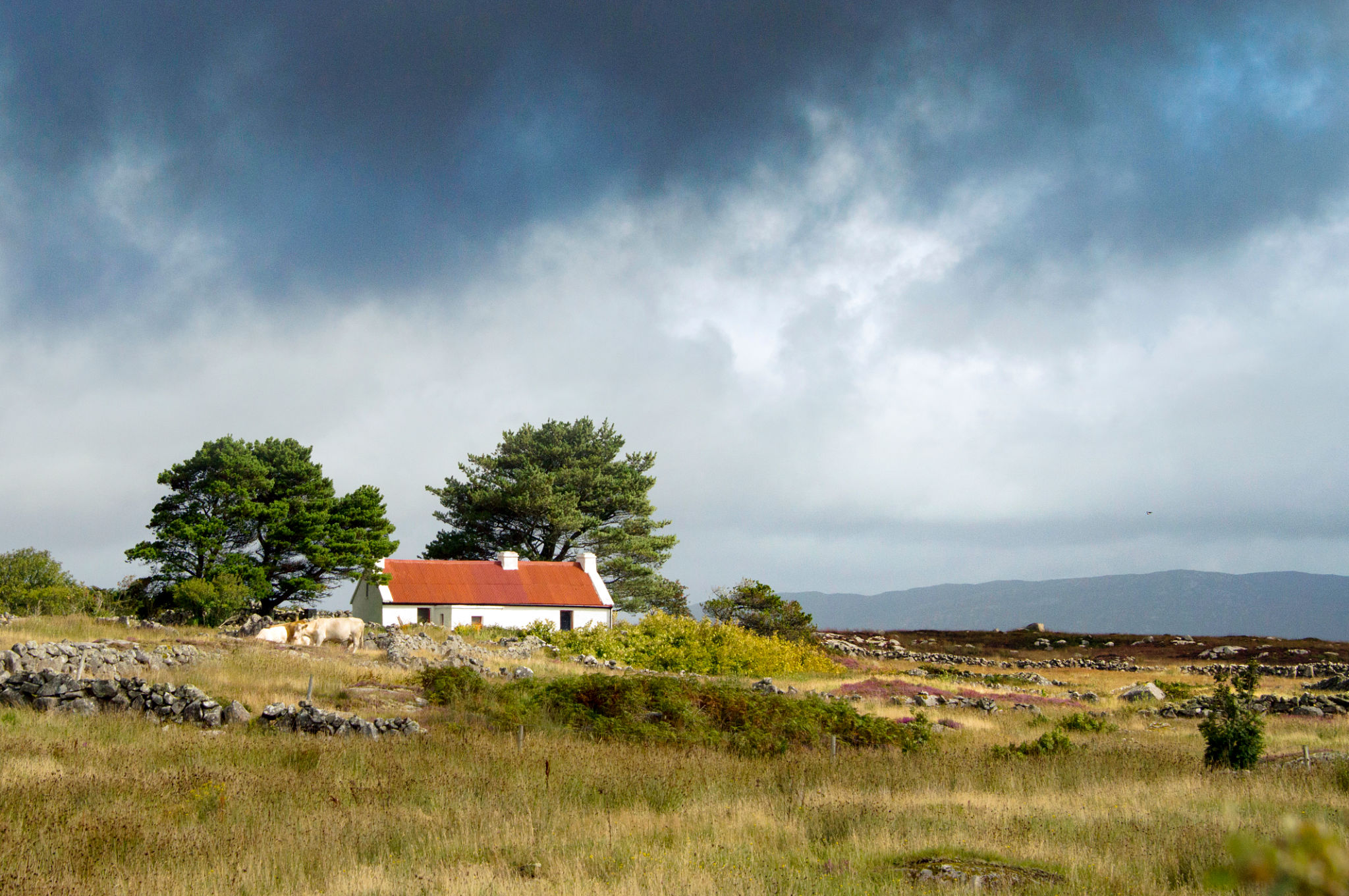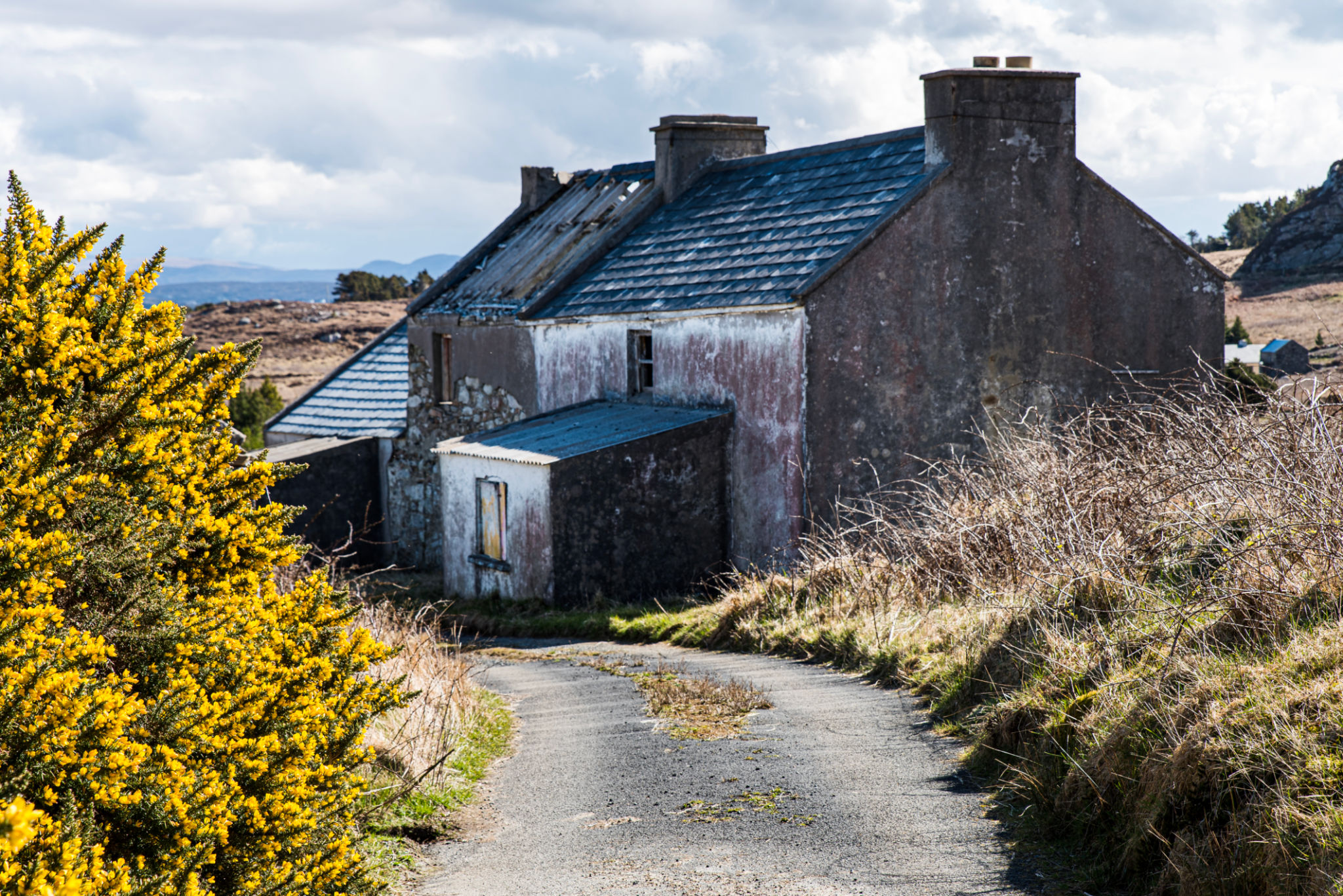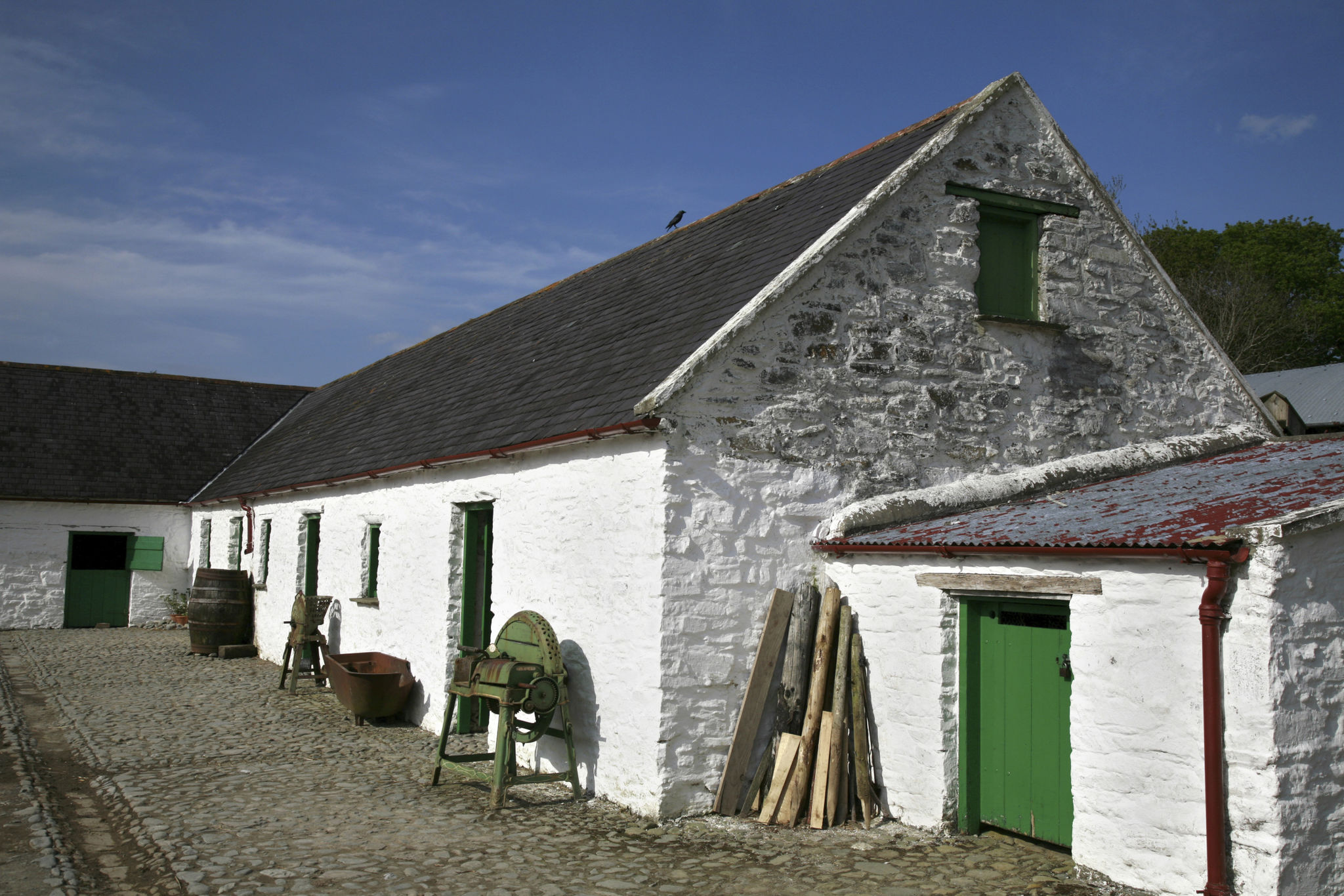Reviving a Farmyard: Grants, Repairs, and Strategic Decisions
Introduction
You don’t need a structural engineer to tell you when a shed’s had its day. Maybe the roof’s rusted through, the doors don’t close right, and the gutters haven’t seen a decent clean since the last time Ireland qualified for a world cup. You know the feeling, walking through the yard and quietly avoiding eye contact with the walls. But that building might have housed three generations, calved countless heifers, or held up hay back when it was cut with a scythe. It’s more than just stone and steel. It’s memory.
Still, sentiment doesn’t stop a roof from collapsing. And for a lot of farmers now, the question is this: can I afford to fix this place—or is it time to start again?

Looking Around, Honestly
Before diving into repairs or reconstructions, it's crucial to evaluate the condition of your existing structures. Teagasc, Ireland's Agriculture and Food Development Authority, provides advisory services to assist farmers in assessing their farm buildings. Their experts can offer guidance on safety standards, structural integrity, and potential improvements.
For instance, if you're considering conserving a traditional farm building, Teagasc offers insights into best practices and potential funding avenues.

Grants and Schemes to Consider
1. Traditional Farm Buildings Grant Scheme
Managed by the Heritage Council in partnership with the Department of Agriculture, Food and the Marine, this scheme supports the conservation of traditional farm buildings and related structures. Grants cover up to 75% of the cost, with a maximum of €30,000. Eligible structures include roofs, walls, structural repairs, windows, doors, and historic yard surfaces.
2. Built Heritage Investment Scheme (BHIS)
Administered by local authorities, BHIS offers grants ranging from €2,500 to €50,000 for the repair and conservation of protected structures. In 2025, the scheme allocated €8.1 million to 651 projects across Ireland.
3. Targeted Agriculture Modernisation Scheme (TAMS 3)
TAMS 3 encompasses several sub-schemes aimed at modernising farm infrastructure:
- Farm Safety Capital Investment Scheme (FSCIS): Offers a 60% grant rate with a €90,000 investment ceiling for safety-related improvements.
- Animal Welfare and Nutrient Storage Scheme (AWNSS): Provides grants for slurry storage and animal housing enhancements.
- Solar Capital Investment Scheme (SCIS): Supports the installation of solar panels, promoting renewable energy use on farms.
For a comprehensive list of TAMS 3 schemes and their respective details, visit the Department of Agriculture's official page.

When to Repair and When to Rebuild
Deciding whether to patch up a building or start from scratch isn’t just about nostalgia—it’s about safety, cost, and practicality.
Structural Integrity: Buildings with rotting timbers, cracks, or sagging roofs are more than eyesores—they’re hazards. In 2023, over 40% of inspected farmyards had structural issues flagged as critical risks. If the foundations are going, it may be safer—and smarter—to rebuild.
Cost Implications: A quick repair might run €5,000, but if you're doing that every few years, it adds up. Replacing a typical four-bay steel shed costs around €25,000–€35,000. TAMS 3 can cover up to 60% of this if it’s for livestock or slurry storage—bringing costs down significantly.
Heritage Value: If you’ve got an old stone shed or byre with character, it might be eligible for the Traditional Farm Buildings Grant Scheme. In 2024, more than 90 farms received up to €30,000 each to restore traditional structures—keeping rural heritage alive.
A professional assessment from Teagasc or a conservation advisor can help weigh the options. Sometimes a good fix is enough. Other times, starting fresh saves time, money, and headaches down the line.

Steps to Take
1. Assessment: Engage with Teagasc or a qualified consultant to evaluate your farm structures.
2. Research Grants: Identify which grants or schemes align with your needs.
3. Application: Prepare and submit applications, ensuring all required documentation is in order.
4. Implementation: Once approved, commence the repair or reconstruction work, adhering to the guidelines stipulated by the grant providers.
Useful Resources
1. Teagasc Advisory Services: www.teagasc.ie
2. Heritage Council – Traditional Farm Buildings Grant Scheme: www.heritagecouncil.ie
3. Department of Agriculture – TAMS 3: www.gov.ie
4. Built Heritage Investment Scheme: www.gov.ie
*By Anne Hayden MSc., Founder, The Informed Farmer Consultancy.
